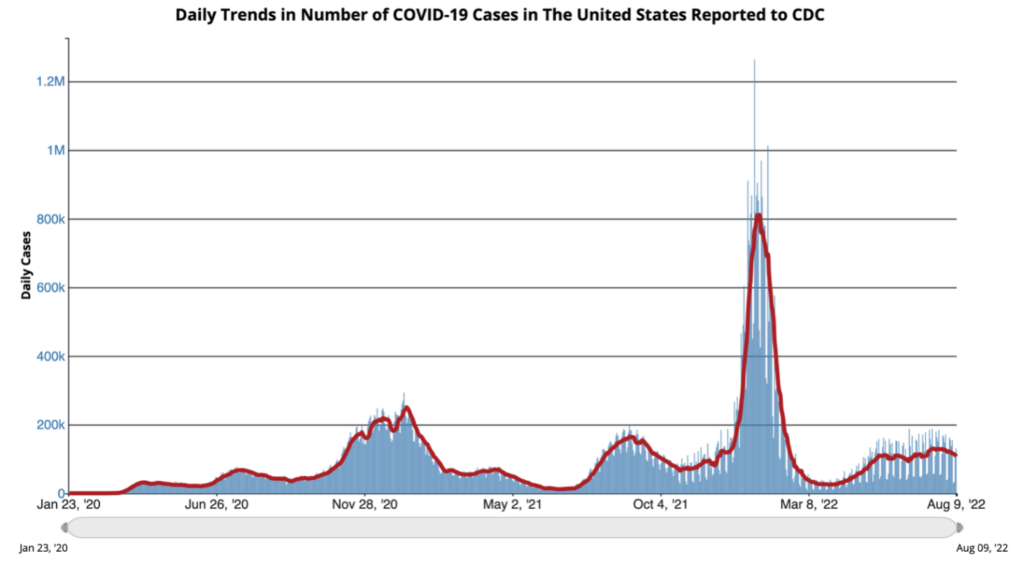Life Sciences
Overview of States’ Case Investigation and Contact Tracing Strategies during the COVID-19 Pandemic
Learn about key approaches states used when designing and adjusting contact tracing programs during the COVID-19 pandemic.
The post <strong>Overview…

The post <strong>Overview of States’ Case Investigation and Contact Tracing Strategies during the COVID-19 Pandemic</strong> appeared first on NASHP.

Wittiest stocks:: Avalo Therapeutics Inc (NASDAQ:AVTX 0.00%), Nokia Corp ADR (NYSE:NOK 0.90%)
There are two main reasons why moving averages are useful in forex trading: moving averages help traders define trend recognize changes in trend. Now well…
Spellbinding stocks: LumiraDx Limited (NASDAQ:LMDX 4.62%), Transocean Ltd (NYSE:RIG -2.67%)
There are two main reasons why moving averages are useful in forex trading: moving averages help traders define trend recognize changes in trend. Now well…
Asian Fund for Cancer Research announces Degron Therapeutics as the 2023 BRACE Award Venture Competition Winner
The Asian Fund for Cancer Research (AFCR) is pleased to announce that Degron Therapeutics was selected as the winner of the 2023 BRACE Award Venture Competition….















